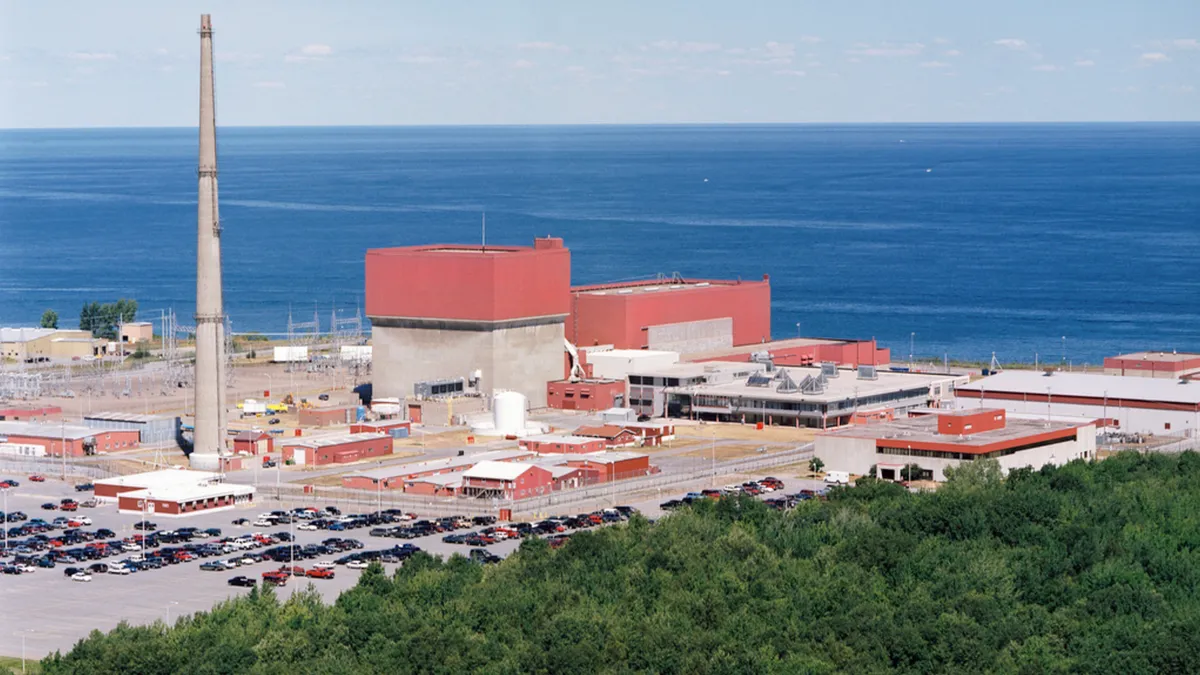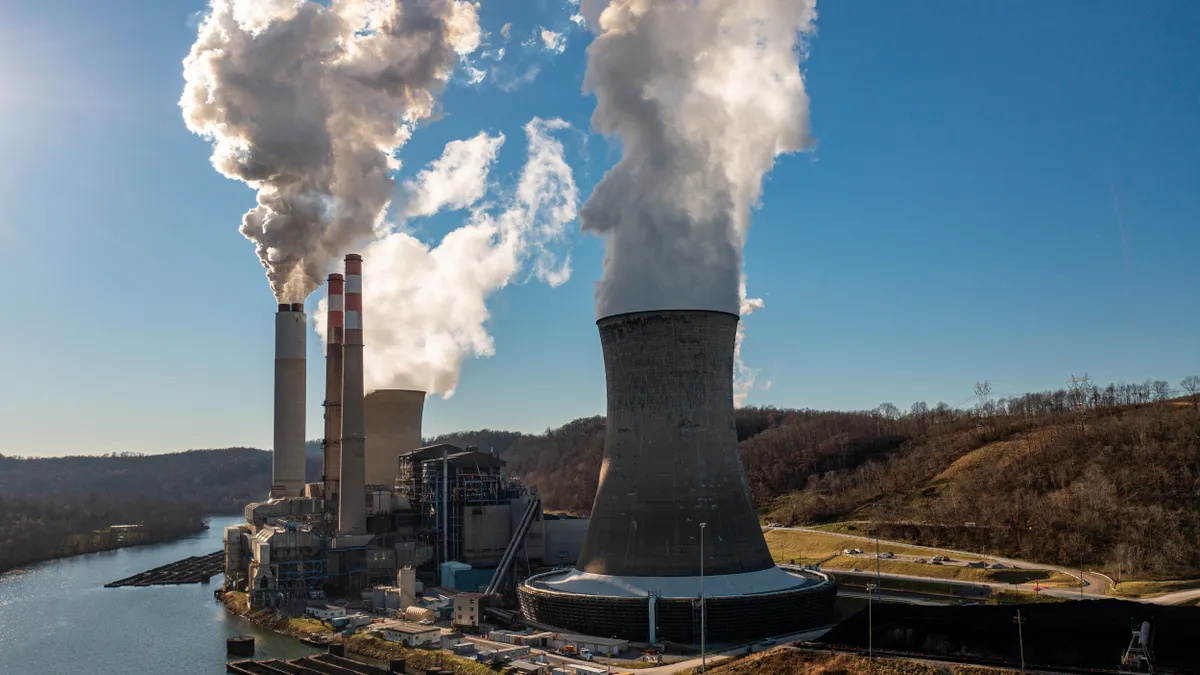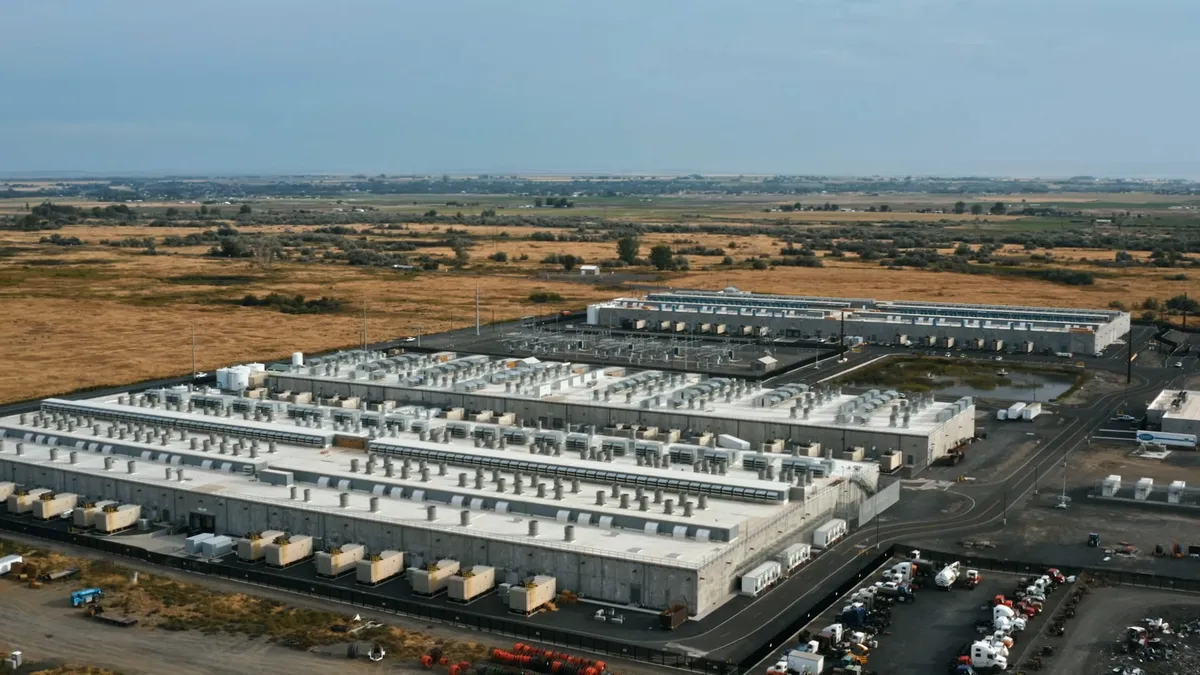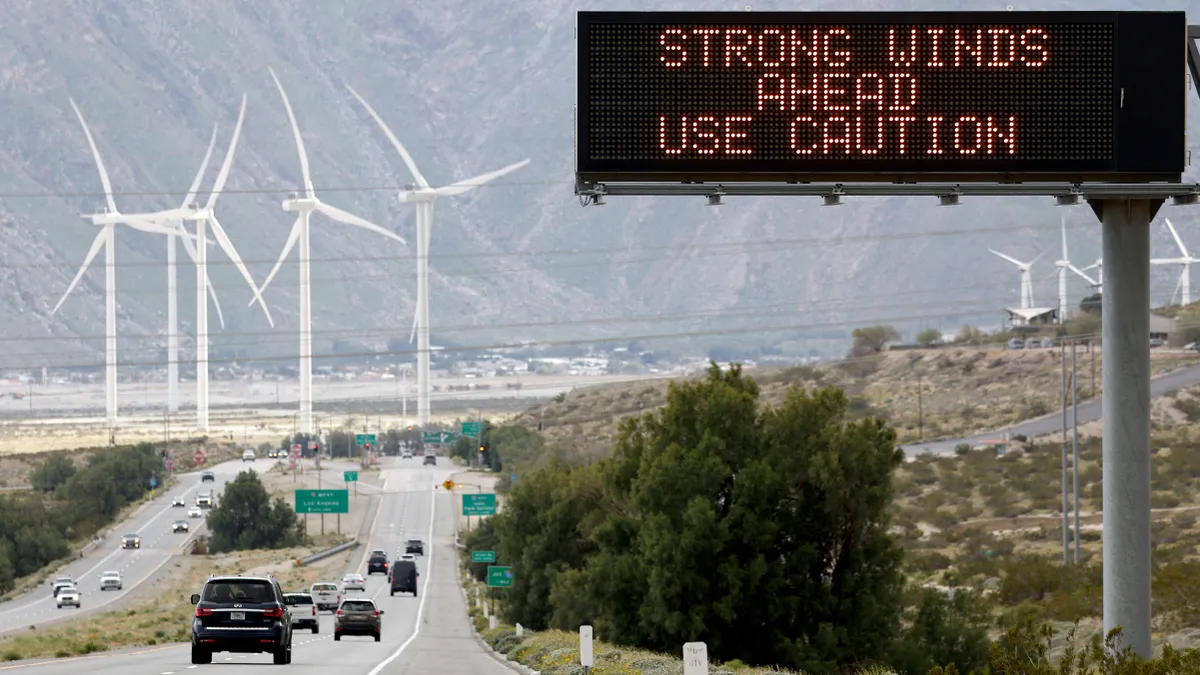The following is a guest post written by Devin Hartman, electricity policy manager at the R Street Institute, a free-market think tank. If you are interested in submitting a viewpoint article, please review these guidelines.
When New York State's massive zero-emission credits (ZECs) program kicks off in April, it will begin a 12-year process of unloading $7 billion in subsidies on unprofitable nuclear plants. Astoundingly, this staggering price tag will yield minimal, if any, immediate climate benefit. Indeed, after factoring in the damage ZECs will do to competitive electricity markets, the plan may actually undermine the long-term goal of reducing greenhouse gas emissions.
The main reason ZECs are unlikely to yield incremental emissions reductions is New York’s participation in the Regional Greenhouse Gas Initiative (RGGI), a regional carbon dioxide emissions trading program. Imposing new policies under a binding emissions-trading program will affect the market price of allowances without changing emissions levels. Should RGGI remain binding, subsidizing nuclear will merely avoid emissions reductions elsewhere.
This is not to say emissions policy is sufficient in New York. RGGI allowance prices fall well below the prevailing range of estimates for the social cost of carbon. Robust emissions pricing could raise nuclear revenues enough to keep them profitable, justifying concerns that some nuclear retirements appear “socially premature.”
The low carbon price needed to keep most nuclear generators profitable makes them attractive to retain for emissions mitigation. However, this does not mean intervening to keep nuclear afloat will come cheap.
Some argue the ZEC program relies on sound economic valuation of generators’ clean energy attributes, but subsidies for clean energy are not equivalent to pricing pollution externalities. The underlying market failure is that pollution is underpriced, not that clean energy is overpriced. Unsurprisingly, economists overwhelmingly prefer emissions pricing (e.g., tax) as the means to address pollution.
As a mirror image of taxes, subsidies can, in theory, provide incentives to reduce emissions, but in practice, they often encourage economically inefficient and environmentally unsound decisions. The ability of nuclear generators to displace emissions from fossil plants varies dramatically by time and location. For example, nuclear generation in wind-heavy areas with transmission constraints generally reduce emissions less than in locales with high coal generation. Emissions pricing accounts for this by building pollution costs into dynamic, sub-regional supply curves. Subsidies do not, resulting in inaccurate compensation for nuclear or other low-emissions resources.
Subsidies are grossly inferior in application, as well as in design. Markets pick different, lower-cost winners than governments. The independent market monitor of New York’s wholesale electricity market found that the least-cost option to incremental emissions reduction is to replace inefficient generation with a new efficient natural gas-fired generator on Long Island. The monitor stressed that this demonstrated the value of a technology-neutral approach to emissions reductions. New York’s ZEC plan is not even consistent in picking winners within the preferred technology class. The program excluded the Indian Point nuclear station, a politically contested facility.
Unlike emissions pricing, subsidies create a public financial burden and encourage poor economic behavior from recipients. Production subsidies like ZECs lower the effective costs of operating a power plant. This encourages owners to offer into electricity markets below their true cost, which can artificially suppress market-clearing prices and distort market signals for resource investment. Look no further than criticisms of the wind Production Tax Credit that, ironically, has hurt the nuclear industry but categorically aligns with ZEC subsidies.
Subsidies also encourage poor political behavior. They establish entrenched interests that contribute to an ongoing cycle of subsidization. An examination of bailout policy history reveals that “early bailouts set a stage that makes subsequent requests for assistance more difficult to resist.” This underscores the challenge of using nuclear subsidies as a transitional policy to efficient emissions pricing. Ignoring the political economy of subsidies obscures the complete economic picture.
The economist Frédéric Bastiat once remarked that “the bad economist confines himself to the visible effect; the good economist takes into account both the effect that can be seen and those effects that must be foreseen.”
Beyond the visible price tag, the foreseen effects of ZECs will severely undermine the health of competitive wholesale electricity markets administered by the New York Independent System Operator (NYISO). Investors in competitive markets make decisions based on forward price expectations. Healthy price formation requires quality market design and minimal political interference. New York’s nuclear subsidies unexpectedly retain massive blocks of electric capacity that has already disrupted forward prices. This renders once-profitable investments uneconomic overnight, upends investor confidence and deters or requires a risk premium for new investment.
Political interventions, such as ZECs, breach the fundamental premise of liberalizing the electricity industry. Political interference undercuts the New York economy, which has been well-served by NYISO’s competitive markets. In fact, NYISO’s independent monitor considers its markets at the forefront of market design, highlighting that they serve as a model for market development elsewhere. Protecting NYISO market integrity is the best economic and environmental choice for New Yorkers.
Competitive electricity markets have produced positive environmental results and should serve as a domestic and global foundation for achieving a low-emissions future. Markets create pathways to low-cost emissions reductions, spur innovation and facilitate transitions to breakthrough technologies far more effectively than the regulated “natural monopoly” model. These effects amplify when combined with emissions pricing, which is far more effective in competitive markets because participants have incentives to follow price signals.
Fortunately, ZEC contains off-ramp provisions where the NYPSC can modify or eliminate the ZEC if a national, NYISO or other program internalizes the value of zero-emission attributes. This has contributed to NYISO and its stakeholders aggressively exploring carbon pricing as an alternative.
If New Yorkers truly care about reducing emissions and providing a model for the world, they should remain committed to emissions pricing and embrace competitive electricity markets.




















